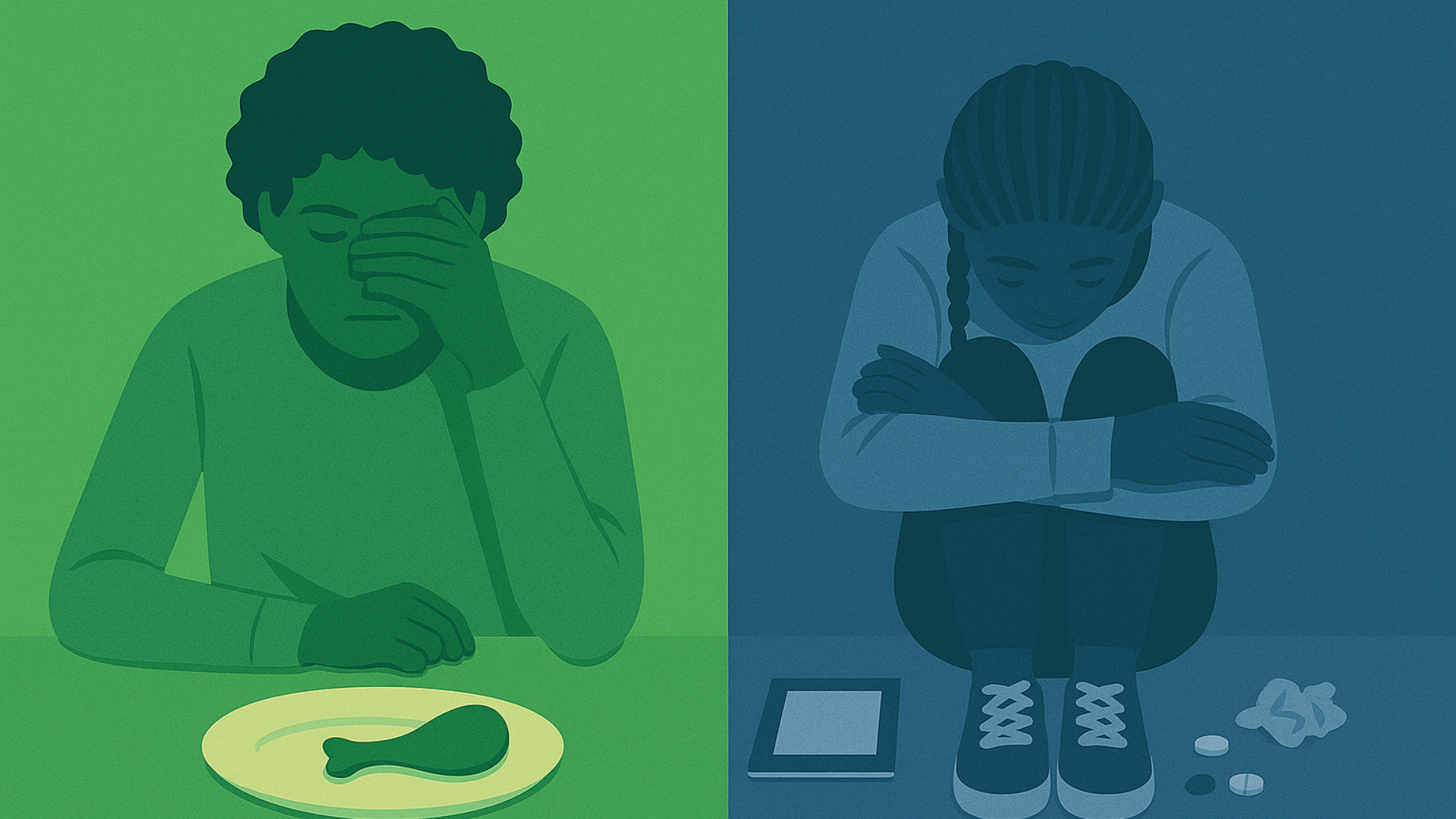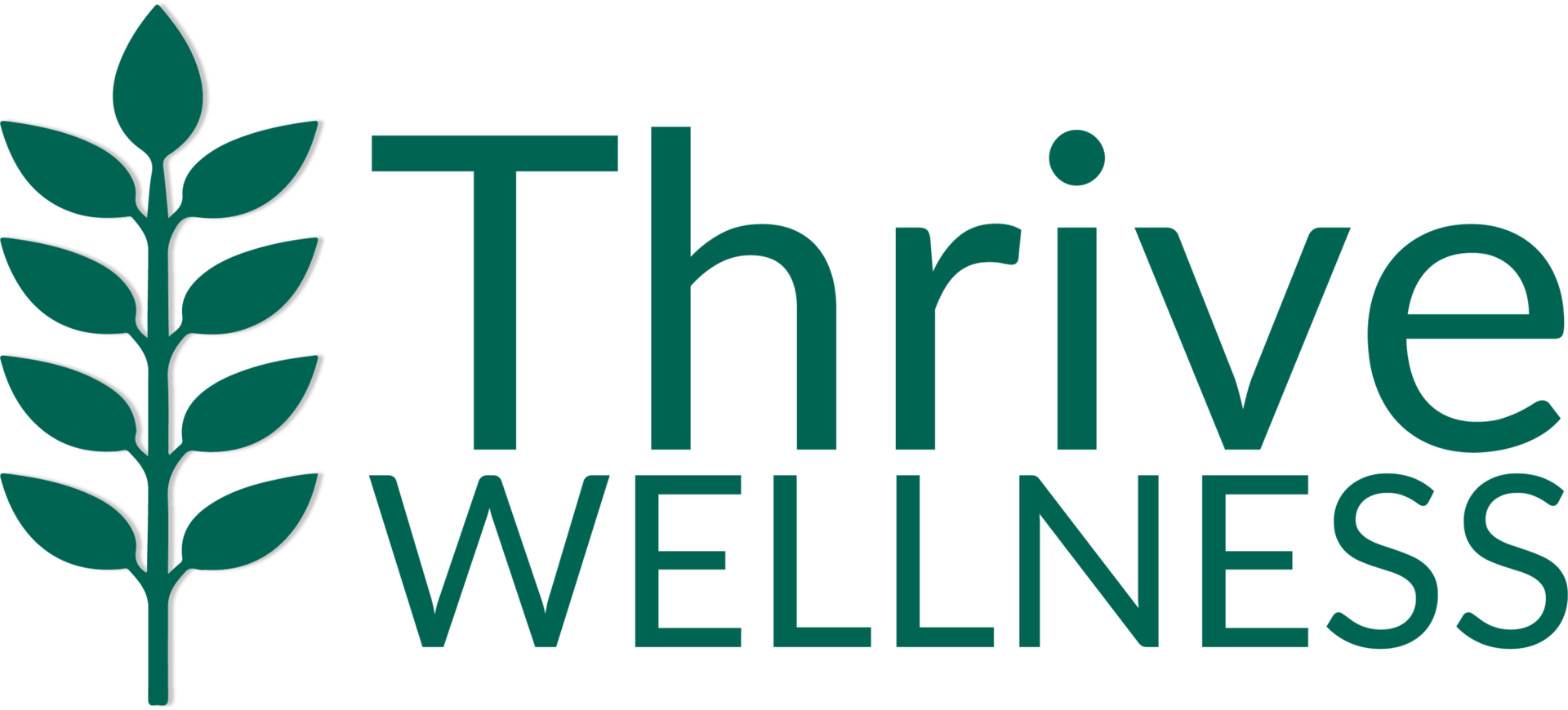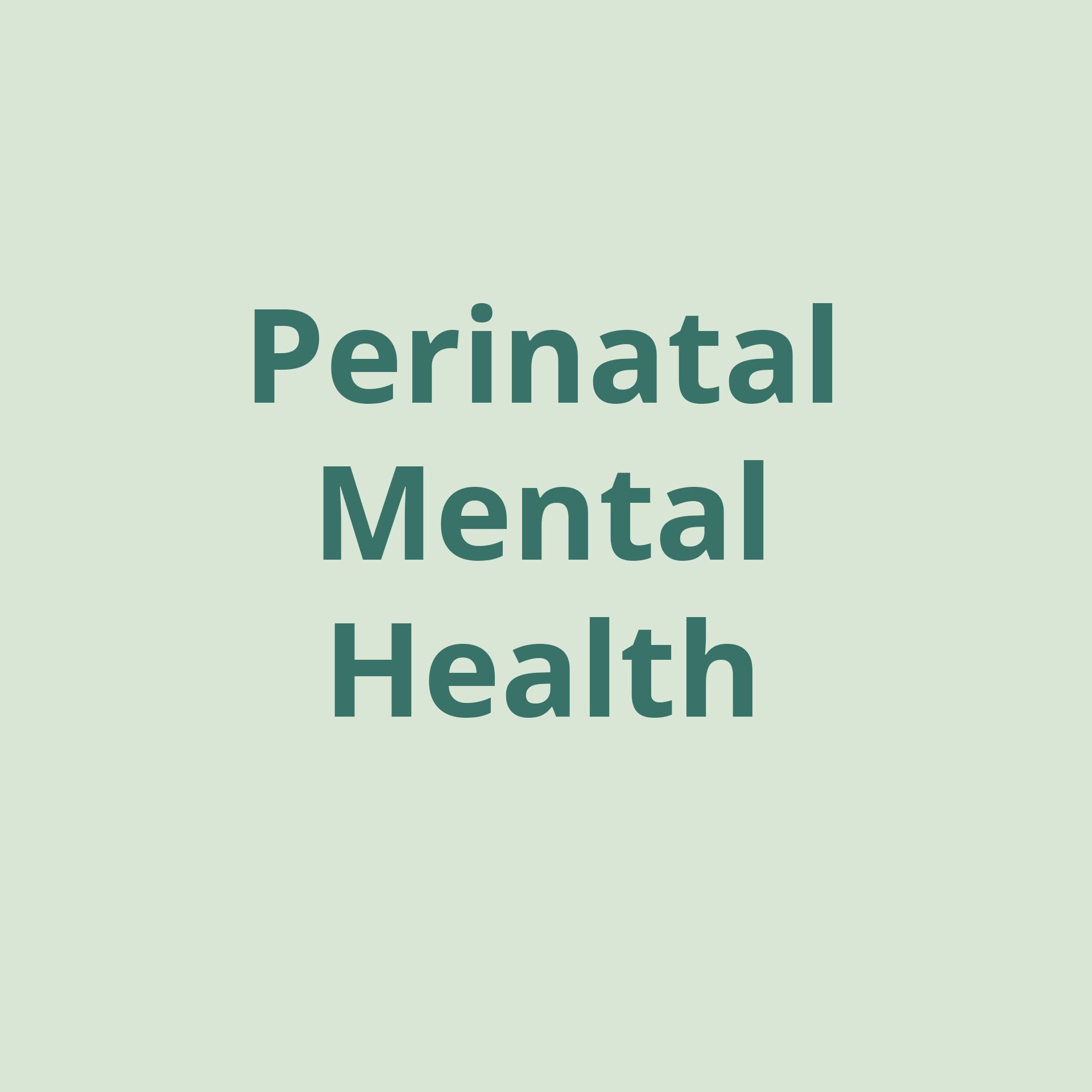Ditch Fad Dieting and Discover Intuitive Eating: How to Heal Your Relationship With Food and Your Body

By Thrive Reno Registered Dietitian Jessica Franks, MA, RDN
WE ARE UNDER THE INFLUENCE OF DIET CULTURE
Diet culture equates thinness to health and normalizes dangerous disordered eating behaviors such as limiting calories, labeling foods as “good” or “bad,” and engaging in negative self-talk.
Christy Harrison, a certified Intuitive Eating counselor, registered dietitian, and media personality defines diet culture as “a system of beliefs that:
- Worships thinness and equates it to health and moral virtue…
- Promotes weight loss as a means of attaining higher status…
- Demonizes certain ways of eating while elevating others…
- Oppresses people who don’t match up with [diet culture’s] supposed picture of ‘health’…”
This system of beliefs is so ingrained in our society that it’s almost impossible not to internalize diet culture’s messages — so much so that many individuals consider diet culture a morally superior approach to eating.
Why We Diet
One of the earliest fad diets dates back to the nineteenth century. In 1863, English undertaker William Banting authored a booklet called “Letter on Corpulence, Addressed to the Public” which detailed eating methods that helped him lose weight and gained popular appeal. In the twentieth century, diet brands like Weight Watchers, Jenny Craig, and Atkins gained traction and diet culture took root.
Instead of acknowledging that sustainable change requires consistent practice that remains flexible and open to the nuances of life, the diet industry provides seemingly simple ways to induce dramatic transformation quickly. By appealing to individuals’ tendency to choose the most direct path to desired results, diet culture continues to flourish today.
Many people find diets attractive, perceiving them as:
- A means of taking charge: Dieting can offer a sense of control, excitement, and hope, especially when life feels volatile and challenging.
- An escape: Diets can provide a break from the bias and stigma associated with weight.
- A fast fix: Initially, diets may produce dramatic results in a short amount of time. While these transformations are almost always short-lasting, the effect is often addicting.
Despite these draws, it’s increasingly apparent that dieting is unsustainable and often causes more harm than good. Still, dieting remains a prominent societal practice.
The Dangers of Fad Diets
Today’s most popular diets (intermittent fasting, WW [formerly Weight Watchers], ketogenic [keto], paleolithic [paleo], and Whole30) are no less toxic than the diet fads of the nineteenth and twentieth centuries. By restricting certain foods and creating unrealistic rules around eating, these diets cause individuals to become disconnected from their body’s natural hunger and fullness cues.
Additionally, cutting out specific foods deprives the body of many essential nutrients, while increasing cravings for foods the body is lacking. To make matters worse, diets can cause individuals to feel completely out of control when they break from their impossible-to-abide-by diets.
Common Negative Consequences of Dieting
Dieting and restrictive eating can lead to various harmful and unintended outcomes, including:
- Low self-esteem: Individuals place high pressure on themselves to adhere to unsustainable diets. When they inevitably stray from their diet, they commonly believe that they failed — even though the diet actually failed them.
- A dangerous obsession with food and one’s body: Diets can cause an intense preoccupation with food and one’s appearance that can promote negative self-talk, shame, and guilt.
- Social withdrawal: When a person is dieting, they are less likely to participate in any activities that may interfere with their diet, such as eating out with their friends, going to lunch with their coworkers, and attending family vacations.
- Sluggish metabolism: Diets cause the body to preserve energy by slowing the metabolism in response to lack of nourishment.
- Yo-yo dieting: Characterized by cycles of weight loss followed by weight gain, yo-yo dieting can cause more weight to develop in the abdominal area which increases the risk for many chronic diseases.
- Eating disorders: According to the National Eating Disorder Association (NEDA), a large study of teens found that those who dieted moderately were five times more likely to develop an eating disorder.
INTUITIVE EATING: AN ALTERNATIVE FRAMEWORK FOR NOURISHING YOUR BODY
Intuitive Eating is an evidence-based approach to eating that relies on instinct, emotion, and rational thought. The framework was developed in 1995 by two dietitians who realized that fad diets and rigid eating plans weren’t working for their clients.
The ten-step model focuses on developing a healthier relationship with food using the body and mind as a guide. While implementing the practice, behaviors derived from diet culture and external expectations are unpacked and disbanded, and behaviors evoked from internal cues are strengthened.
By relying on and trusting the body and mind to provide all the information necessary to eat intuitively, the approach allows individuals to successfully adhere to the framework throughout their entire lives.
Five Steps For Incorporating Intuitive Eating Into Your Life
1. Take the pressure off of yourself.
If you desire to lose weight and place value on your body’s size and shape, know that you are not to blame. Instead, rampant diet culture is at fault. Also, if you are struggling to adhere to a diet, know that you are not failing — dieting is failing you.
2. Reflect on your relationship with food with curiosity.
Below are some ways to gain a deeper understanding of your food psyche.
Dive into your food biases.
Explore any rules or negative feelings that you may have about certain foods. Ask yourself how those perspectives came about. Were they shaped by culture, family, peers, friends, and/or social media? How are those outlooks being reinforced?
Consider what impulses are prompting you to eat.
Are you guided by external forces or internal body signals? For many individuals, habit, emotions, and a sense of obligation dictate their dining tendencies.
Familiarize yourself with your body’s natural hunger and fullness cues.
You can use the questions below to reflect on your relationship with hunger.
- How do you experience hunger? What physical sensations do you notice?
- Are you able to identify glaring and subtle signs of hunger?
- Are you able to identify hunger when you’re experiencing heightened emotions?
- At what level of hunger do you typically eat?
3. Practice mindfulness while eating.
Examining your experience with food can prepare you to remain in the present moment while eating. You can practice mindfulness while eating by simply remaining aware of your experience. Here are some strategies to help you stay mindful during your next meal.
Before you eat, simply check in with yourself.
- What is my hunger level?
- Am I experiencing any emotions?
- What else can I observe?
Plate your meal.
By plating your meal on a serving dish rather than eating out of original packaging, you can have a more mindful experience with your food.
Enjoy your food with as few distractions as possible.
Although not always available, a space to quietly eat your meal can allow you to focus solely on your eating experience with less interruptions.
Use your senses.
Describe the food you’re eating both before and during your meal. Notice the food’s taste, color, texture, and smell. You can also use a journal to write about your sensory experience.
After you eat, check in with yourself again.
- What is my level of fullness?
- Do I feel satisfied?
- Am I feeling any other emotions?
4. Be aware of non-food items that you’re consuming.
Social media images, magazine articles detailing “healthy” recipes, and advice from a diet-obsessed friend can make it difficult to engage in intuitive eating. Consider unfollowing, ignoring, and setting boundaries so you can protect your new anti-diet agenda.
5. Embrace self-compassion.
Perfection is unachievable, especially when it comes to eating. With that in mind, be kind to yourself, celebrate small victories, and follow what feels best.
Overcoming Common Challenges to Practicing Intuitive Eating
Like most new skills, intuitive eating takes practice to implement. As you begin eating intuitively, be patient with yourself, the framework, and the world around you, and you’ll cultivate a whole new perspective on nourishment that supports your entire well-being.
Below are a couple of roadblocks you may encounter on your intuitive eating journey. By practicing awareness and self-compassion, you can overcome these challenges and reach your goals.
- Lack of structure. Although diet culture trains individuals to adhere to strict food rules, intuitive eating doesn’t have any restrictions. While attempting to eat intuitively, many individuals mistakenly adopt a diet-culture mindset by strictly regulating their eating in accordance with their body’s hunger and fullness cues. It can take time to develop trust in your body’s cues, but through consistent practice, you’ll come to confidently allow your body to guide your relationship with food.
- A preoccupation with body transformation. Instead of offering a quick fix, intuitive eating encourages gentle nutrition. When eating intuitively, your eating behaviors change before your body image does — a natural, healthy progression.
Intuitive Eating and the Health at Every Size (HAES) Movement
The HAES movement asserts that weight does not determine health. Instead, people in bodies of all shapes and sizes can be healthy by embracing behaviors that are beneficial to their body, mind, and spirit.
Both Intuitive Eating and HAES are rooted in weight inclusivity, listening to and respecting your body, and nourishing your entire self. By drawing on the principles of Intuitive Eating and HAES, individuals can harness the power of their intuition and enhance their well-being.
Embrace Intuitive Eating Guided by Experts
Intuitive eating has been shown to improve self-esteem, self-regard, and life satisfaction. If you’re struggling with body acceptance, eating behaviors, or an eating disorder, Thrive offers integrated treatment based on the principles of Intuitive Eating. Reach out to us to learn more about our nutrition therapy and eating disorder programs .
About the Author
Thrive Reno Registered Dietitian Jessica Franks, MA, RDN
Jessica Franks has a bachelor’s of science in dietetics and management from Western Illinois University and a master’s degree in nutrition from Ball State University, not to mention more than a decade-long career as a registered dietitian nutritionist (RDN). Her clinical experience has ranged from geriatric nutrition to nutritional therapy for eating disorder recovery. Jessica has undergone additional training in Intuitive Eating and microbiome health, and is also a 200-hour registered yoga teacher (RYT).
At Thrive Wellness Reno, Jessica specializes in providing nutritional therapy with an emphasis on intuitive eating. She also integrates mindful movement and breathwork into her treatment approach, as she believes that complete health is not merely the absence of disease – it encompasses physical, mental, and social health for whole well-being.
Being from a small Illinois town with a population of less than 700, Jessica was determined to see the world and experience city life after college. She spent time in Indianapolis, Chicago, San Diego, and San Francisco before finding her way to the “Biggest Little City” of Reno, Nevada, which she feels offers a beautiful balance of small-town feel with city-like offerings. She cherishes all four seasons in northern Nevada and likes to explore the outdoors and the Sierra Nevada mountains in her time outside of work.








